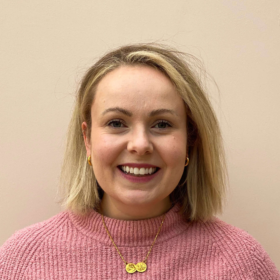
What is Global Accessibility Awareness Day?
Global Accessibility Awareness Day is an annual awareness day to get everyone talking and thinking about digital access and inclusion. This year, Global Accessibility Awareness Day falls on Thursday 18 May. It aims to create a culture of digital accessibility and ensure digital product development includes accessibility as a core requirement.
Why is digital accessibility important?
In the UK, 1 in 4 people have a disability, which is a total of 16 million people according to the Family Resources survey 2021/22. Someone with a disability will need and want to access digital services online and receive the same level of accessibility as other users. Unfortunately, this is often not the case. Scope estimates that 49% of working age adults feel excluded from society because of their condition or impairment and disabled people are over 50% more likely to face barriers to accessing digital and online services than non-disabled people.
By effectively excluding people with different accessibility needs from using digital content and services, they’re not only unable to participate but organisations and companies are losing out of thousands of pounds of lost income. Research has shown that the online spending power of people with access needs is around £24.8 billion per year to UK business.
How can you tell if a website is accessible?
The Web Content Accessibility Guidelines (WCAG) provide a standard for web content accessibility. The guidelines provide a reference to ensure that web developers and designers are ensuring that their websites meet accessibility standards across the board. Websites can be checked against the Web Content Accessibility Guidelines to demonstrate how accessible they really are.
How can websites be more digitally accessible?
Some common disabilities or impairments include: visual, hearing, cognitive and motor. There are many ways to improve accessibility online for these specific disabilities:
- People with visual impairments may need access to alternative text descriptions for images and the functionality to navigate a website with a keyboard instead of a mouse.
- People with hearing impairments may need captions on videos.
- People with cognitive impairments may find clear layouts and navigation on websites and the use of plain English useful.
- People with motor impairments may need the functionality to use alternative keyboards on a website.
Ensuring a website has these key features reduces the barriers that can prevent people with different accessibility needs from accessing digital content.






